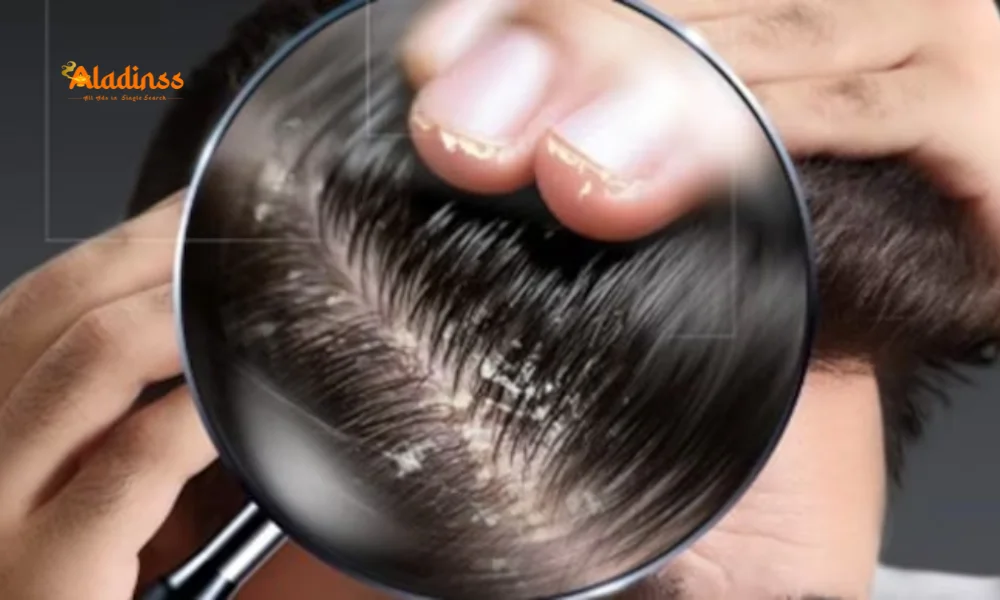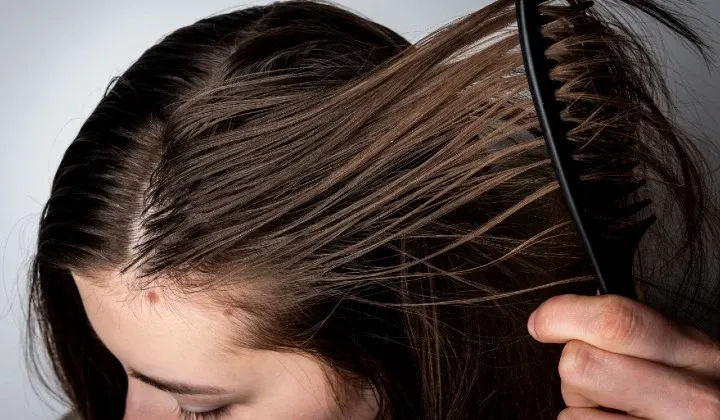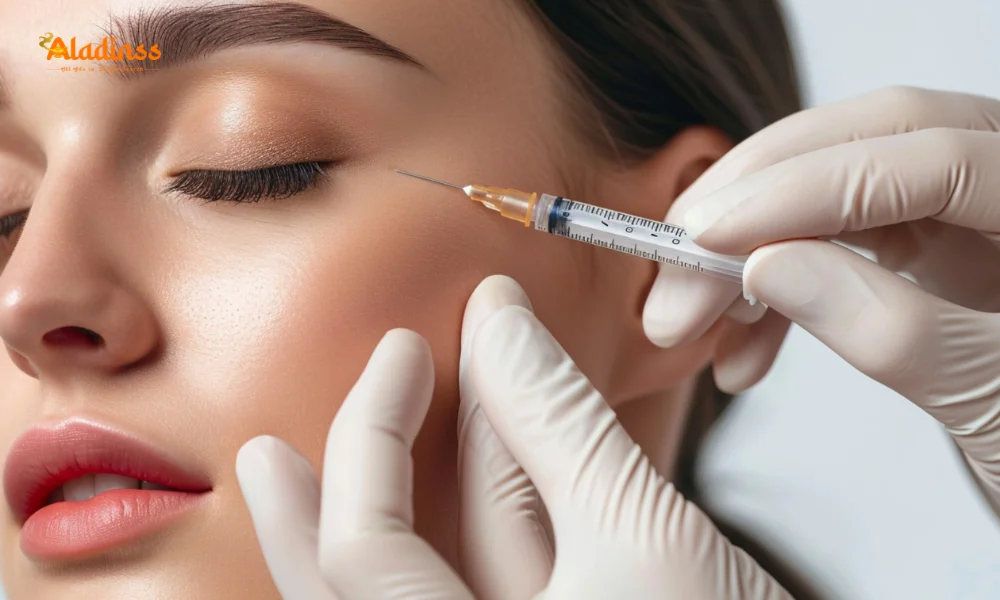Say Goodbye to Oily Dandruff — 6 Proven Remedies for a Flake-Free Scalp!

Say Goodbye to Oily Dandruff: 6 Quick Fixes for a Flake-Free Scalp
Battling oily dandruff can feel like an endless struggle, with greasy, sticky flakes clinging to your scalp and causing discomfort. Unlike dry dandruff, this condition stems from excess sebum production, often worsened by environmental factors or lifestyle choices. If you’re tired of trying shampoos and remedies that don’t work, this guide offers six quick fixes for oily dandruff to help you achieve a clean, healthy scalp. Backed by expert insights from dermatologist Dr. Amit Bhasin, these solutions are practical, effective, and easy to incorporate into your routine.
Oily dandruff affects many, particularly young adults, and is often mistaken for product buildup or a naturally oily scalp. Recognizing its unique characteristics-greasy flakes, itchiness, and scalp irritation-is the first step to treating it effectively. Let’s dive into the causes and solutions to banish those stubborn flakes for good.
Also Read: Top 10 Scalp Care Tips for Healthy Hair
Understanding Oily and Sticky Dandruff
Unlike dry dandruff, which appears as loose, white flakes, oily dandruff is characterized by greasy, sticky flakes that adhere to the scalp. This condition is often triggered by an overproduction of sebum, the scalp’s natural oil. According to Dr. Amit Bhasin, a celebrity cosmetologist and dermatologist, “The combination of excess sebum and a yeast-like fungus called Malassezia Globosa creates an environment conducive to oily dandruff.” This leads to an itchy, greasy scalp that can feel both uncomfortable and embarrassing.
Oily dandruff is more common in humid climates or among individuals with naturally oily skin. It can also be exacerbated by stress, poor diet, or improper hair care routines. Understanding these triggers is key to selecting the right treatments and preventing recurrence.

1. Choose a Targeted Anti-Dandruff Shampoo
Regular shampoos may not cut it when dealing with oily dandruff. Opt for a deep-cleansing anti-dandruff shampoo formulated specifically for greasy scalps. Dr. Bhasin recommends shampoos containing Piroctone Olamine and oxygenated charcoal. “Piroctone Olamine targets the fungal cause of dandruff, while oxygenated charcoal absorbs excess oil and impurities without stripping natural moisture,” he explains.
How to Choose: Look for shampoos labeled for oily scalps, and check for these active ingredients. Avoid shampoos designed for dry dandruff, as they may not address the greasy buildup effectively.
2. Wash More Often in Humid Conditions
Humidity and sweat can worsen oily dandruff by increasing scalp oil production. Frequent washing is essential to keep your scalp clean and prevent sticky flakes. Dr. Bhasin advises washing your hair at least three times a week in humid climates or after activities that cause sweating, such as workouts.
Pro Tip: Rinse your hair post-workout or after spending time in hot, humid conditions to remove sweat and oil buildup before it triggers dandruff.
3. Double-Rinse for a Cleaner Scalp
Thorough rinsing is critical to prevent product buildup, which can exacerbate oily dandruff. Leftover shampoo or conditioner can mix with sebum, creating a sticky residue that promotes flakes. Follow this double-rinse method:
- First Rinse: Massage anti-dandruff shampoo into your scalp and rinse thoroughly to remove surface oils.
- Second Rinse: Apply a small amount of shampoo again, focusing on the scalp, and rinse completely to eliminate any remaining residue.
This habit ensures your scalp stays clean and reduces the likelihood of sticky flakes returning.
4. Use Hair Oils Sparingly
While hair oils can nourish your hair, overuse can contribute to oily dandruff. Heavy oils left on the scalp overnight can trap sebum and dirt, worsening the condition. Dr. Bhasin suggests limiting oil use to once a week and using only a small amount to avoid buildup.
Best Practice: After applying oil, wash your hair thoroughly with an anti-dandruff shampoo to remove all traces of oil and prevent greasy residue.
5. Avoid Heavy Styling Products
Thick waxes and gels can suffocate your scalp, trapping oil and dead skin cells that fuel oily dandruff. “Opt for lightweight styling products that won’t clog your scalp,” advises Dr. Bhasin. If you must use heavier products, wash your hair the same day to prevent buildup.
Styling Tip: Choose water-based or lightweight gels that rinse out easily and don’t contribute to greasy flakes.
6. Support Your Scalp with Diet and Stress Management
Your scalp’s health is closely tied to your overall well-being. A diet high in sugar and processed foods can increase sebum production, worsening oily dandruff. Stress can also trigger hormonal changes that exacerbate the condition. Dr. Bhasin recommends a balanced diet and stress-relief practices for a healthier scalp.
- Hydration: Drink plenty of water to maintain scalp hydration and reduce oil overproduction.
- Nutrition: Incorporate fruits, vegetables, and whole grains to support skin and scalp health.
- Stress Relief: Practice yoga, meditation, or exercise to manage stress and minimize dandruff flare-ups.
Why Oily Dandruff Requires Special Care
Oily dandruff is distinct from dry dandruff due to its greasy, sticky nature and its association with excess sebum and fungal activity. While dry dandruff may be addressed with moisturizing shampoos, oily dandruff requires targeted treatments that control oil production and combat fungi like Malassezia Globosa. Ignoring these differences can lead to ineffective treatments and persistent flakes.
By adopting a consistent hair care routine and making lifestyle adjustments, you can significantly reduce the occurrence of oily dandruff. Regular washing, proper product choices, and a healthy diet are crucial for long-term scalp health.
Additional Tips for Long-Term Relief
To maintain a flake-free scalp, consider these additional strategies:
- Use a Clarifying Shampoo Weekly: A clarifying shampoo can remove stubborn buildup, but use it sparingly to avoid drying out your scalp.
- Avoid Hot Water: Hot water can strip your scalp of natural oils, causing it to produce even more sebum. Use lukewarm water instead.
- Consult a Dermatologist: If oily dandruff persists despite these efforts, a dermatologist can recommend prescription treatments or medicated shampoos.
Consistency is key. Stick to a routine that includes regular cleansing, minimal heavy products, and a balanced lifestyle to keep oily dandruff at bay.
When to Seek Professional Help
If your oily dandruff doesn’t improve after implementing these fixes, it may be a sign of an underlying condition like seborrheic dermatitis. A dermatologist can provide a thorough evaluation and prescribe treatments such as antifungal creams or stronger shampoos. Persistent itching, redness, or severe flaking should prompt a visit to a professional.
Early intervention can prevent complications and restore your scalp’s health, boosting your confidence and comfort.
Final Thoughts
Oily dandruff doesn’t have to control your life. With the right approach-using targeted anti-dandruff shampoos, washing frequently, rinsing thoroughly, limiting oils and heavy products, and maintaining a healthy lifestyle-you can achieve a flake-free scalp. These six quick fixes, endorsed by Dr. Amit Bhasin, provide a practical roadmap to managing oily dandruff effectively.
Start by incorporating these tips into your routine and monitor your scalp’s response. With consistency and care, you’ll be well on your way to a clean, comfortable, and confident scalp. If problems persist, don’t hesitate to consult a dermatologist for personalized solutions.
Comment / Reply From
No comments yet. Be the first to comment!






